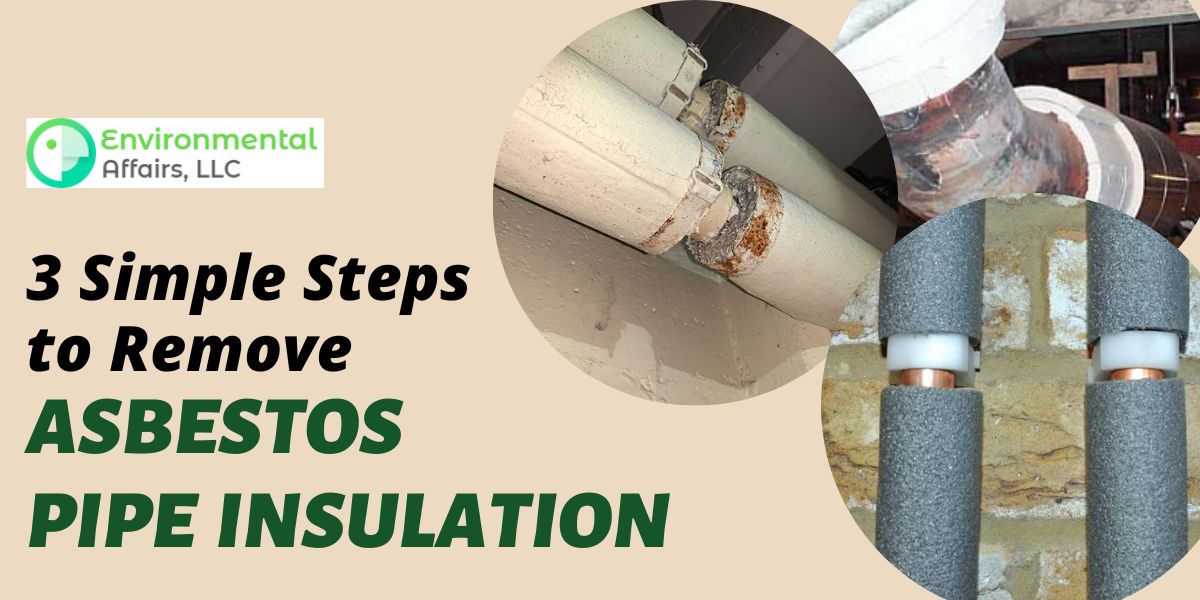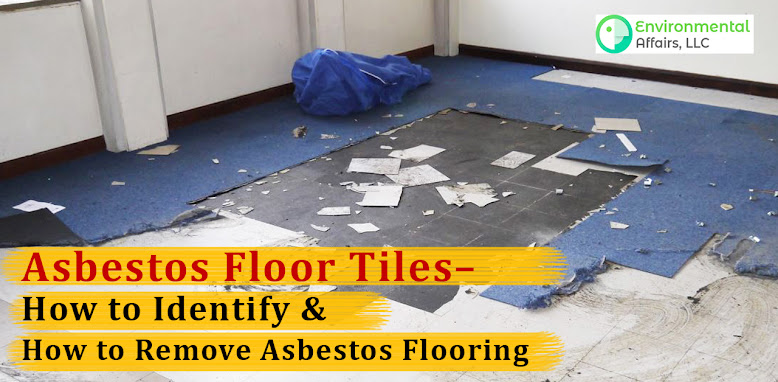The Four Steps To Asbestos Pipe Insulation Encapsulation
There are four main prime steps to accurately encapsulating asbestos pipe insulation. This blog post will explain each of the four steps to help carefully finish the project. The overall effect of a successful encapsulation project is that any possibly hazardous materials are covered and unable to cause injury in the future.
Step 1 - Safety:
While working with or near asbestos-containing materials, the essential thing is the worker's safety and others in the building. Breathing in fibers and dust from asbestos insulation is highly hazardous to your well-being and must be prevented.
Precautions must be taken to prevent exposure to dangerous fibers, which include but are not limited to the following:
Wear a Respirator with asbestos-rated HEPA filters: A well-fitted respirator with asbestos-rated HEPA filters is needed to prevent direct exposure to breathing in loose fibers and dirt.
Wear a Disposable Suit: When working with asbestos, fibers may land on your clothing. When you walk outside the work area, those fibers may be released and cause disclosure to others. If you wear a disposable suit, your clothing below will be protected from collecting fibers and dust.
Limit Disturbance: Avoid disturbing asbestos-containing insulation as much as possible as this can cause a discharge of fibers and particles into the area.
Step 2 - Repair:
The repairing step is not one to overlook. Crumbling and deteriorating insulation should be secured by spiraling Fiberlock WeWrap' N'N' Seal around sections in terrible condition before encapsulation. Wrap 'N' Seal comes in "4" wide rolls that can be immediately immersed in water and spiraled around the insulation many times.
Once the wrap dries, it becomes a cement-like cast that will hold the insulation in position for encapsulation. Repairing and securing segments in easy form will decrease unforeseen exposure when placing resettable canvas in the next step.
If there are missing insulation sections, adding new fiberglass pipe insulation should be done before encapsulation to manage thermal efficiency.
Installation Instructions:
1. Put room temperature water into a clean 5-gallon pail or bucket went-Wrap' N'N' Seal contains plaster of Paris and synthetic resin mixture. Use of surface strength or gloves is suggested.
2. Hold loosely and submerge onset-Wrap' 'N' Seal roll at a point into the water bucket for 5 seconds. Keep finger under edge out-Wrap' N'N' Seal to avoid trouble in finding the starting end after removing.
3. Remove and squeeze with a twisting movement to wring out excess water, keeping thumbs under the starting end.
4. When applying, project each layer by 50%. Smooth each addition turn out-Wrap' 'N' Seal into the layers below, making precisely to the contour, forming a solid, well-fused cover.
Step 3 - Encapsulate
Once all the asbestos pipe insulation is improved, and any bare pipe is reinsulated, wrap the insulation with Environmental Affairs, LLC. The lagging cover is made out of fiberglass cross-woven thread that is installed with an inorganic wettable coating. Once washed, the resettable layer becomes gluey and closes once it dries.
Read More: 5 Unexpected Places Where Asbestos Can Be Found
Installation Instructions:
Measurement: Measure the outer edge of the pipe insulation to be included to understand how many yards of material to order. We recommend that the "0" length be used to cut 3ft long strips rather than have "0" long strips, which are more challenging to install (we suggest a seam overlap of "3" "6" depending on pipe size.)
Activation: The resettable cloth coating is initiated by water and hardens once dry to a cast-like barrier.
Dip Method: Dip the Rewettable Canvas in water (bathtub, pail, etc.) and support excess water to drip off before application.
Spray Method: Spray both surfaces of Rewettable Canvas with a shower container until entirely wet.
Application: Wrap the damp Rewettable Canvas around the pipe with the covering crease confronting downwards on the upper piece of the pipe. Allow a "3" "6" seam overlap along with a "3" "6" joint overlap between two sections.
Dry Period: Allow 12-24 hours to cure completely; we suggest waiting 48 hours before coating with Fiberlock Lag-Kote II Asbestos Encapsulant
Step 4 - Seal:
After the Rewettable Canvas Pipe Lagging has totally dried, it very well may be fixed with Fiberlock Lag Kote II, an auxiliary boundary. Fiberlock Lag-Kote II is a thick bridging encapsulant/sealant specially formed for application over internal friable Asbestos Containing Material (ACM). Its thick body reduces dripping, cleanup, and product waste while providing a soft, washable, aesthetically excellent surface that will afford years of protection.
Installation Instructions:
After installing Rewettable Canvas over asbestos pipe insulation, please allow at least 48 hours for the canvas to completely dry out and restore. Use a brush or wave to cover all surfaces of the resettable canvas to make an additional barrier to prevent asbestos fibers from penetrating the air. An optional second coat may be implemented after allowing the initial layer to dry (approx 8-16 hours).
Once all four steps have been finished, the asbestos insulation will be sealed under the encapsulating materials, limiting potential exposure.
How do I find out more information?
For more information about asbestos, contact Environmental Affairs, LLC at Lake Orion through the internet or by Mobile at (248) 977-1388.
Resource Article: The Four Steps To Asbestos Pipe Insulation Encapsulation




Comments
Post a Comment